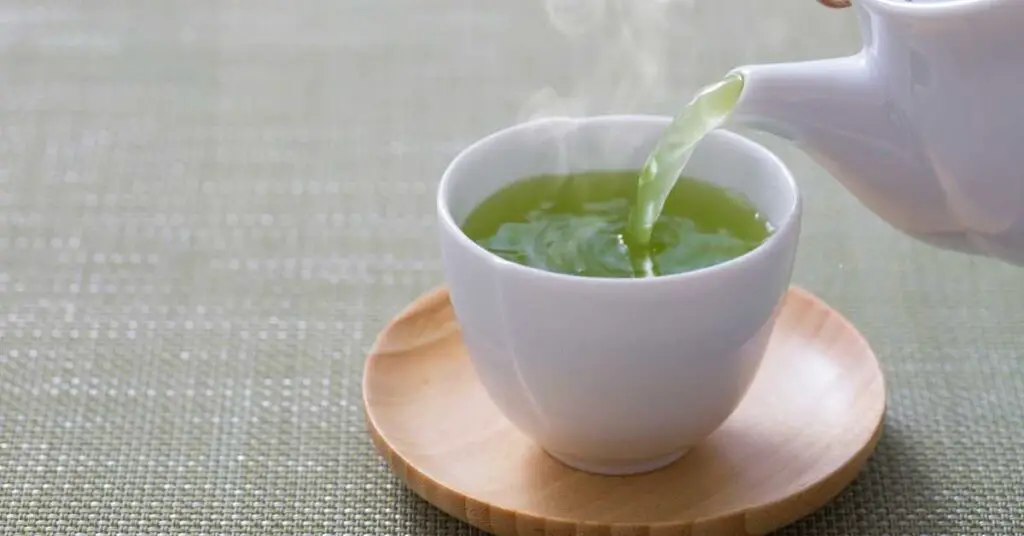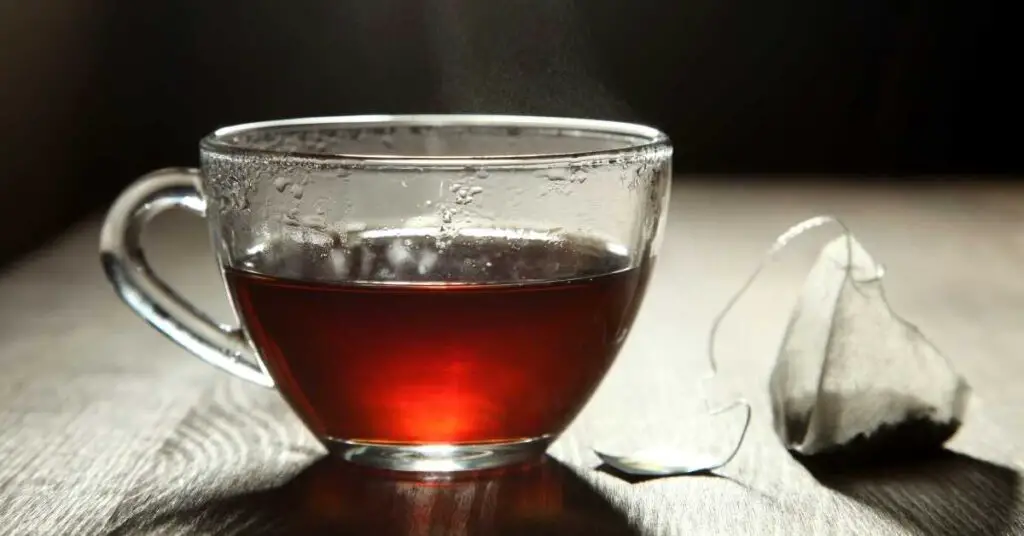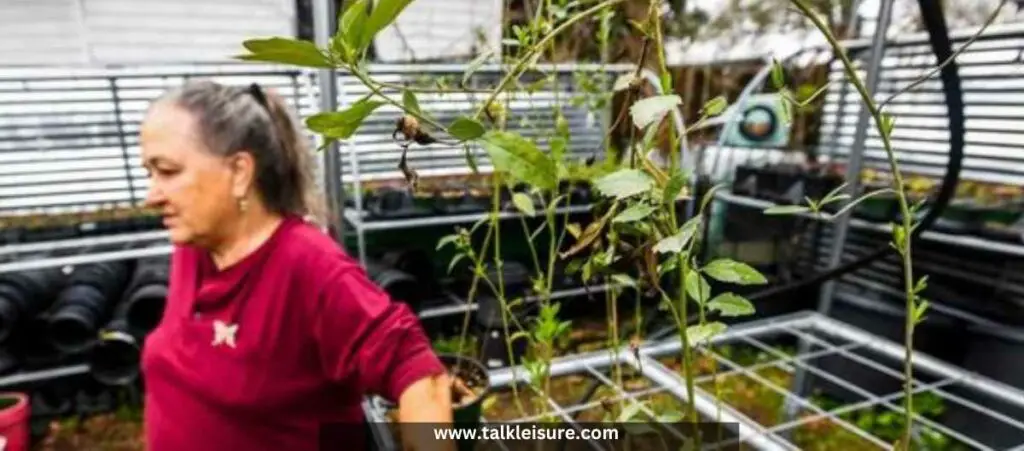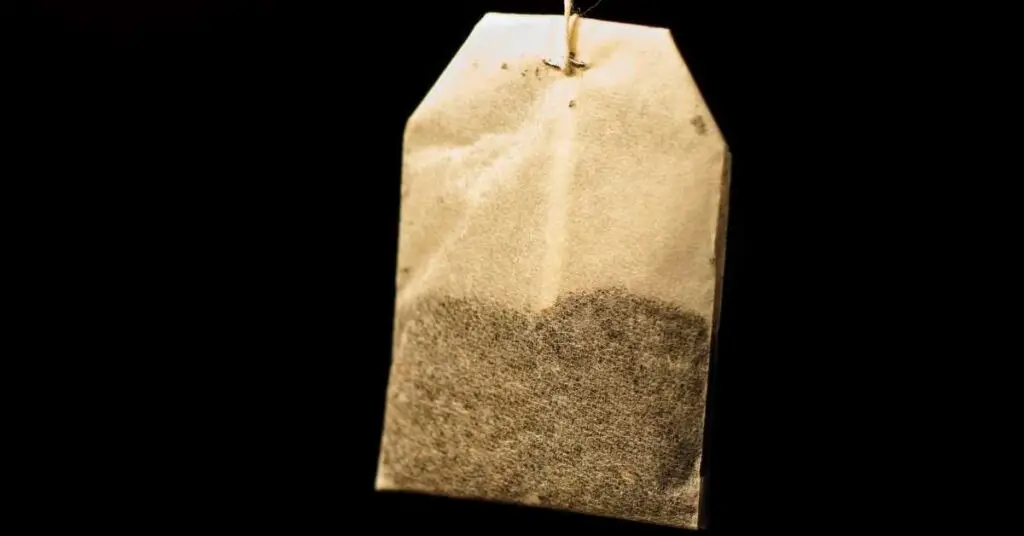Welcome to the enchanting world of tea, where every sip is a journey through centuries of tradition and the artistry of nature. Within this realm, tea sommeliers reign as maestros, their discerning palates unlocking the secrets held within each leaf.
Tea sommeliers employ a precise ritual, engaging sight, smell, sip, swirl, and savor. They discern flavors, textures, and aromas, assigning grades based on leaf quality, terroir, and processing. This expertise transforms tea into an exquisite sensory experience.
From the picturesque plantations to the hushed halls of tastings, we embark on a voyage to demystify their craft. Join us as we explore the techniques, tools, and terroirs that shape this ancient elixir.
Get ready to sip, swirl, and savor, for within these pages, the subtle nuances of tea are revealed, inviting you to become a true connoisseur.
Also read: How to host an unforgettable vintage tea party.
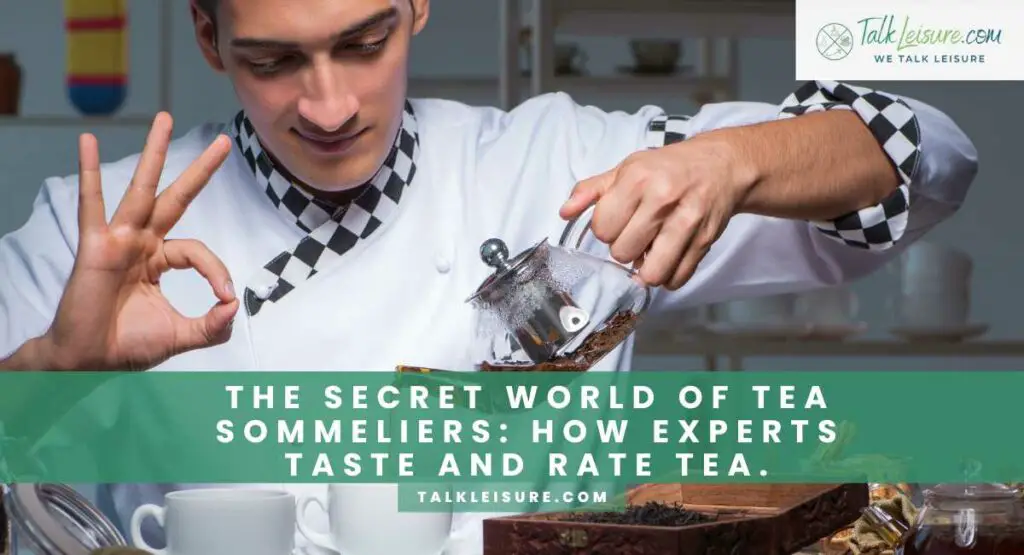
Introduction to Tea Sommeliers
Ah, the mystical world of tea, where leaves transform into liquid poetry. In this enchanting realm, a figure emerges, part connoisseur, part magician: the Tea Sommelier.
Defining a Tea Sommelier
So, what on earth is a Tea sommelier? Imagine a cross between a tea Jedi and a gourmet detective. They’re the folks who’ve elevated sipping tea into an art form. These maestros have honed their senses to decipher the intricate dance of flavors, aromas, and textures that reside within every humble tea leaf.
Their Role in the World of Tea
Now, you might wonder, what role does a Tea Sommelier play in this global tea symphony? Well, think of them as the unsung heroes of your tea-drinking experience. They’re the ones who ensure that the tea you’re sipping is not just a beverage, but a transcendent experience.
Picture this: You walk into a tea boutique, eyes wide, like a kid in a candy store. Rows upon rows of teas greet you, each promising a unique journey. But how do you choose? Enter the tea sommelier. They’re your trusty guide, your tea compass, helping you navigate through this flavorful maze.
Ever tried a tea that felt like a warm hug on a chilly day? Or one that transported you to mist-covered mountains? That’s the magic a tea sommelier weaves. They curate experiences, matching teas to moods, seasons, and occasions.
But wait, it’s not all highbrow sophistication. These sommeliers are also skilled storytellers. They can spin yarns about the origins of a tea, the hands that nurtured it, and the landscapes it hails from. It’s like a travelogue in a cup!
So, whether you’re a casual sipper or a die-hard tea enthusiast, the Tea Sommelier is your passport to a world of tea that goes far beyond bag and kettle.
Also read: A tour of the world’s most beautiful and unique tea sets.
The Art of Tea Tasting
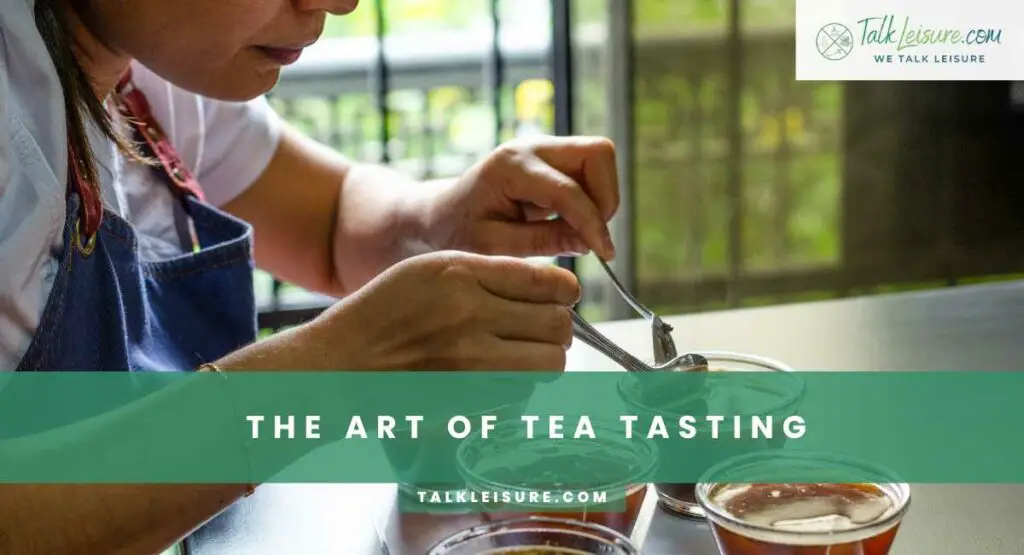
Alright, hold onto your teacups, because we’re about to embark on a journey through the intricate world of tea tasting.
Techniques Used by Tea Sommeliers
Tea tasting isn’t just a casual sip-and-savor affair. It’s a finely honed craft, akin to a choreographed dance of the senses. Picture a Tea Sommelier in action: they delicately unfurl leaves, measure out precise portions, and brew with the precision of a chemist. It’s a symphony of steps designed to coax out the very essence of the tea.
Sight: Evaluating the Appearance of Tea Leaves
First up, is the ‘Sight’ stage. Here, sommeliers scrutinize the leaves like seasoned detectives examining clues at a crime scene. They observe the color, shape, and texture, noting every nuance. It’s like reading a story in the wrinkles of a tea leaf.
Smell: Identifying Aromas and Bouquets
Next, we move on to ‘Smell’. Oh, this is where the magic truly begins. The sommelier takes in the aroma, closing their eyes as if savoring the scent of a blooming flower. They’re not just smelling tea; they’re deciphering a complex bouquet of fragrances – floral notes, earthy undertones, hints of fruit. It’s like a perfume factory, but with leaves.
Sip: Assessing Flavor and Mouthfeel
Then comes ‘Sip’, the grand unveiling. The sommelier takes a mindful sip, allowing the elixir to caress their palate. This isn’t just about taste; it’s about texture, about how the tea wraps itself around the taste buds, leaving an impression that lingers like a memory.
Swirl: Examining Body and Texture & Savor: Noting Aftertaste and Finish
‘Swirl’ and ‘Savor’ follow suit, like the final acts of a play. Swirling the tea reveals its body, its weight, and texture – is it light as a breeze or heavy as a winter coat? Savoring is all about the aftertaste, the lingering echoes of flavor that dance on the tongue, a farewell kiss from the tea.
What Knowledge Enables Precise Tea Tasting?
Now, you might be wondering, what sort of sorcery equips a tea sommelier with this prowess? It’s a blend of science, history, and a dash of pure intuition.
These experts delve into the nuances of tea cultivation, understanding how factors like soil, climate, and altitude affect flavor. They’re well-versed in the different tea varieties, from the robustness of black teas to the delicate grace of white teas.
But that’s not all! They’re also like historians, tracing the lineage of tea traditions back through the centuries. They know their Darjeelings from their Assams and their matchas from their oolongs.
So, you see, being a Tea Sommelier isn’t just a job; it’s a calling. It’s a passionate pursuit of unraveling the secrets held within each leaf, a dedication to bringing you the perfect cup of tea, every single time.
Stay tuned, because next up, we’re diving into the tools of the trade. And trust me, it’s a fascinating arsenal!
Tools of the Trade
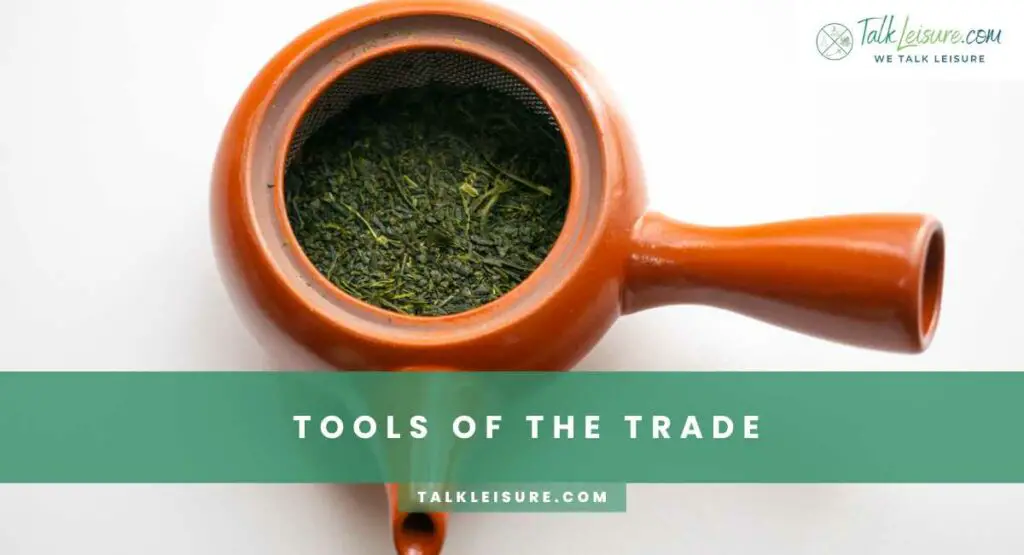
Alright, tea aficionados, it’s time to unveil the secret arsenal of the Tea Sommelier. These tools aren’t just fancy gadgets; they’re the unsung heroes behind every perfectly brewed cup.
Essential Equipment for Tea Tasting
First up, let’s talk about the essentials. A Tea Sommelier’s toolkit is like a painter’s palette, each instrument playing a vital role in crafting the perfect brew.
The Infuser: This isn’t your run-of-the-mill tea ball. It’s a precision instrument, allowing the leaves to unfurl gracefully, releasing their full potential.
The Gaiwan: A Chinese lidded-bowl, this beauty is perfect for delicate teas. It’s like a tiny universe where leaves dance and flavors bloom.
The Kyusu: A Japanese teapot designed for the greenest of green teas. Its unique spout and handle design allow for impeccable control over the pour.
The Tea Scale: Forget eyeballing it; a Tea Sommelier measures with the precision of a chemist. Every gram counts, and the scale ensures perfection.
The Tasting Set: This ensemble includes small cups and a tray for organized tasting sessions. It’s the stage where the tea performs its grand reveal.
The Water Kettle: But not just any kettle! It’s one with temperature control, ensuring that each tea gets the exact warmth it desires.
How Quality of Tools Affects Evaluation
Now, you might wonder, does it really matter what vessel you use to brew your tea? Oh, indeed, it does! Just like a maestro needs a finely tuned instrument, a Tea Sommelier relies on top-notch tools for their symphony of taste.
Imagine trying to paint a masterpiece with a frayed brush or compose a symphony with a broken violin string. Similarly, using subpar tools can compromise the delicate nuances of a tea. The wrong infuser might cramp the leaves, stifling their flavor. An imprecise scale could lead to an imbalance in taste.
But when a Tea Sommelier wields the finest instruments, magic happens. Leaves unfurl gracefully, aromas bloom, and flavors harmonize in perfect orchestration.
So, dear reader, the next time you sip a perfectly brewed cup of tea, remember that behind the scenes, there’s a Tea Sommelier armed with an array of tools, each chosen with meticulous care.
Why Do Tea Tasters Taste Tea?
Tea tasters taste tea to evaluate its quality, flavor profile, and overall characteristics. This process helps in grading and categorizing teas for various purposes, including blending, packaging, and ensuring consistency in flavor for consumers.
Additionally, it allows for quality control and helps in identifying any potential issues or deviations in the tea’s characteristics. This expertise ensures that the tea reaching consumers meets specific standards and offers a delightful and consistent tea-drinking experience.
Tea Tasting Etiquette and Protocols

Ah, the world of tea has its own set of customs and courtesies, much like an elegant ballroom dance. Let’s step into this refined realm and explore the etiquettes that Tea Sommeliers hold dear.
Professional Conduct and Best Practices
Tea tasting isn’t just about sipping tea; it’s a ritual, a sacred ceremony. Here’s a glimpse into the graceful choreography that governs this exquisite affair.
The Language of Leaves: A Tea Sommelier converses fluently in the language of tea. They don’t just say “green tea”; they’ll tell you about Longjing and Sencha, their flavors and origins. It’s like poetry, where every word paints a vivid picture.
Patience, Grasshopper: Time is a crucial ingredient in the art of tea tasting. Sommeliers don’t rush; they savor each step, from the unfurling of leaves to the final sip. It’s a lesson in mindfulness, a reminder that true beauty requires time to blossom.
Neatness is Next to Godliness: The sommelier’s workspace is a canvas, and it’s immaculate. Leaves are precisely measured, water temperature is exact, and cups gleam like polished gems. It’s a shrine to tea, where every detail matters.
The Art of Spitting: Yes, you read that right! During professional tastings, sommeliers often use a spittoon. It’s not impolite; it’s a mark of respect for the tea and a way to maintain a clear palate for every sip.
Silence is Golden: In the hallowed halls of a tea tasting, hushed tones rule. Conversations are soft, allowing the tea to take center stage. It’s a moment of communion, where the tea and the taster engage in a quiet, intimate dance.
A Dance of Demeanor: A Tea Sommelier exudes grace, from the way they handle the tools to the way they pour and serve. It’s like a ballet, every movement deliberate and elegant, a testament to their dedication.
Sensitivity to Sensibilities: A true sommelier is attuned to the preferences and sensitivities of their audience. They guide without imposing, suggesting without dictating. It’s like being led through an art gallery, the sommelier the curator of your tea experience.
So, dear reader, the next time you witness a Tea Sommelier at work, remember that it’s not just about the tea; it’s about the artistry, the reverence, and the profound respect for this ancient elixir.
Tea Grading and Rating Systems
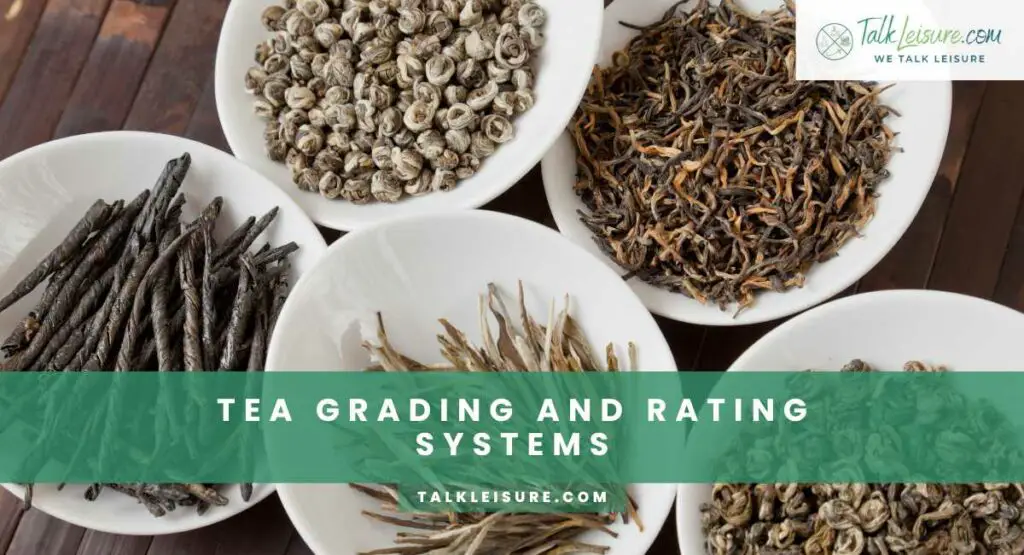
Ah, my fellow tea enthusiasts, let’s venture into the intriguing world of tea grades and ratings. This is where the leaves earn their stripes, and the sommeliers wield their discerning palates.
Global Standards and Regional Variations
Tea, much like fine wine, has its own system of classification. But unlike wine, where vineyards take the spotlight, in the tea world, it’s the regions that often steal the show.
Tea Titans Around the Globe
From the rolling hills of Darjeeling to the misty mountains of China, each tea-producing region boasts its own unique character. The soil, the climate, and the altitude – all conspire to create distinct flavors and aromas. A Tea Sommelier’s knowledge of these regional nuances is akin to a cartographer’s mastery of the world’s landscapes.
The Dance of Terroir
Ah, the magic word – “Terroir.” It’s not just a fancy term; it’s the soul of a tea. It encapsulates everything from the soil’s mineral content to the whispering winds that cradle the leaves. A Tea Sommelier, like an archaeologist, digs into this terroir, unearthing the stories it holds.
Understanding Tea Grades and Quality
Now, let’s talk about the grading system. It’s like the honor roll for tea leaves, a testament to their quality and craftsmanship.
The Art of Leaf Sorting
Ever wondered how tea is graded? It’s a meticulous process where leaves are sorted by size, shape, and quality. From the regal ‘OP’ (Orange Pekoe) to the down-to-earth ‘CTC’ (Crush, Tear, Curl), each grade has its own personality. A Tea Sommelier can read these leaves like a book, discerning the tale they’re about to tell.
Quality Trumps Quantity
It’s not about bagging the biggest leaves; it’s about selecting the finest. The pluck, the processing, the care taken in crafting each leaf – these are the factors that elevate a tea to a higher grade. A Tea Sommelier knows how to distinguish between the gems and the mere pebbles.
Beyond the Grades
But wait, there’s more! A Tea Sommelier doesn’t just rely on grades; they use their senses to assess a tea’s worth. They taste, they smell, they observe the leaves like a jeweler scrutinizing a diamond. It’s a multi-sensory experience that goes beyond mere numbers and letters.
So, dear tea connoisseurs, the next time you hold a cup of tea, remember that it’s not just a beverage; it’s a testament to the craftsmanship and artistry of the tea maker.
Becoming a Tea Sommelier: Training and Certification
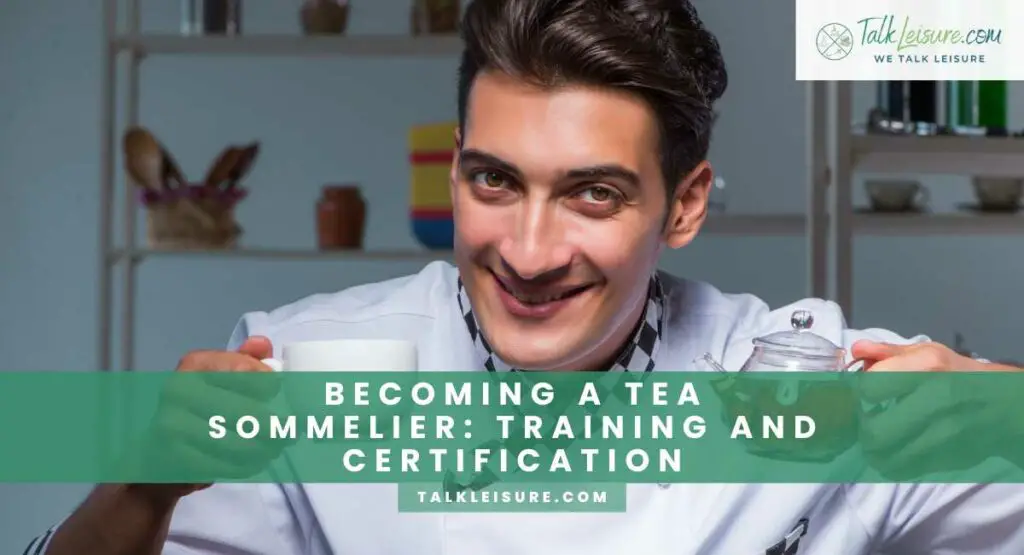
Embarking on the path to becoming a Tea Sommelier is like setting sail on a flavorful voyage. In this section, we’ll explore the educational journey and certifications that pave the way.
Educational Programs and Courses
Tea Sommeliers aren’t born; they’re cultivated through education and hands-on experience. Here’s a peek into the academic world of tea mastery.
In-Person Courses
Many specialized schools and institutes offer immersive courses in tea appreciation. These programs cover everything from the basics of tea processing to advanced tasting techniques. Imagine being in a classroom, surrounded by the aromas of freshly brewed leaves, and guided by seasoned tea mentors.
Online Learning Platforms
In today’s digital age, you can traverse the tea world from the comfort of your own home. Online courses and webinars open doors to global tea knowledge. From video tutorials on tasting techniques to virtual tours of tea estates, the online realm offers a treasure trove of learning opportunities.
Tea Tours and Workshops
Sometimes, the best classroom is nature itself. Tea enthusiasts can embark on tea tours, visiting plantations and processing facilities. It’s a hands-on education, where you pluck leaves, witness their transformation, and taste the results.
Professional Certifications and Associations
Much like any respected profession, the world of tea sommeliers has its own set of credentials and affiliations.
Certification Programs
These structured programs evaluate a sommelier’s proficiency in various aspects of tea – from tasting and blending to history and culture. They’re like badges of honor, certifying a sommelier’s expertise.
Tea Associations and Guilds
These are communities where tea enthusiasts, professionals, and sommeliers come together to share knowledge, attend workshops, and network. They’re like tea-loving families, offering support and camaraderie on this flavorful journey.
Industry Recognized Certificates
Some countries have established official bodies that oversee the certification of tea professionals. These certificates are recognized by the industry and serve as a mark of excellence.
Apprenticeships and Mentorships
In the world of tea, hands-on experience is as valuable as any certificate. Many aspiring sommeliers seek mentorship under seasoned experts, learning the artistry of tea through direct guidance and practice.
Importance of Continued Education and Experience
But the journey doesn’t end with a certificate in hand. It’s just the beginning.
Staying Updated with Evolving Tea Trends
Tea is a dynamic, evolving world. New varieties emerge, processing techniques evolve, and cultural trends shape the industry. A Tea Sommelier must be a lifelong learner, always on the lookout for the latest in the world of tea.
Conferences, seminars, and trade shows become their playgrounds, where they engage with fellow enthusiasts and industry leaders, absorbing fresh knowledge and trends.
So, aspiring Tea Sommeliers, remember, that education isn’t a destination; it’s a continuous journey through the ever-expanding universe of tea.
Conclusion: Unlocking the Secrets of Tea Tasting
In this flavorful odyssey, we’ve unraveled the artistry of Tea Sommeliers. From the meticulous dance of senses to the profound influence of terroir, each sip holds a story. Remember, a Tea Sommelier’s toolkit isn’t just instruments; it’s a symphony waiting to be conducted.
So, dear enthusiasts, embrace the journey. Discover the nuances, explore the regions, and let the leaves whisper their tales. With every cup, you’re not just tasting tea; you’re experiencing nature’s poetry. Cheers to your continued exploration of the enchanting world of tea!
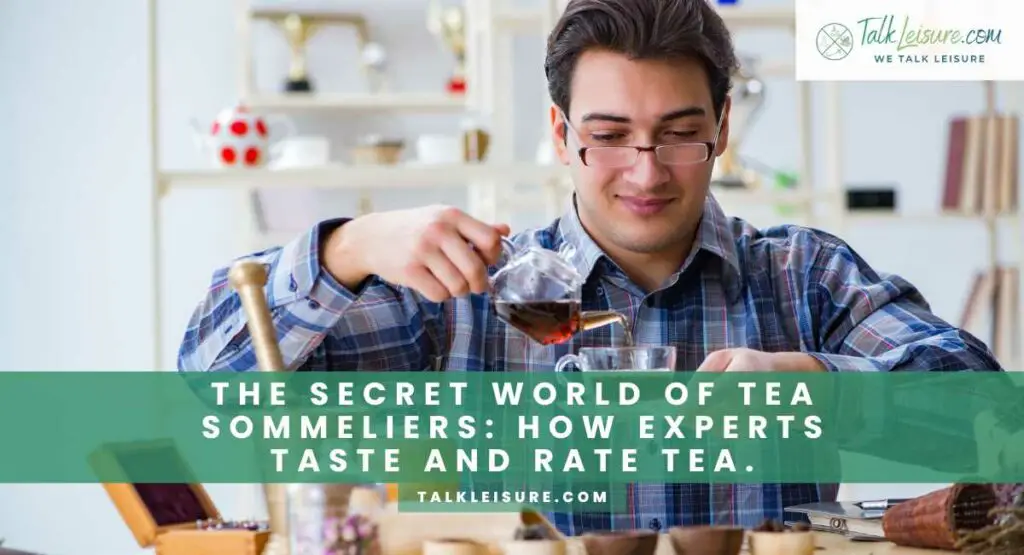
Frequently Asked Questions
- What is a professional tea taster called?
A professional tea taster is commonly referred to as a “Tea Sommelier.” They are experts in the evaluation, testing, and grading of various types of tea.
- Who is the biggest tea producer in Sri Lanka?
Sri Lanka, formerly known as Ceylon, is one of the world’s largest tea producers. The largest tea producer in Sri Lanka is the James Taylor Group, which includes several well-known tea companies like Dilmah, Mlesna, and more. The Dilmah brand, in particular, is internationally recognized and is a major player in the global tea market.
- What is the highest-ranking sommelier?
The highest-ranking sommelier is typically referred to as a “Master Sommelier.” This title is awarded by various prestigious organizations, such as the Court of Master Sommeliers, the International Sommelier Guild, and the Guild of Sommeliers.
To become a Master Sommelier is an arduous and highly competitive process. It involves rigorous examinations that test candidates on their knowledge of wine, spirits, service, and blind tastings. there were only a few hundred Master Sommeliers worldwide, making it one of the most esteemed titles in the world of wine and beverage expertise.

